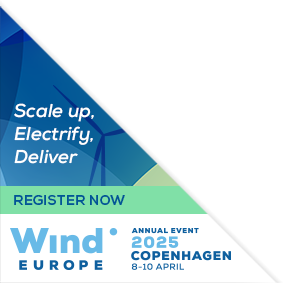We would like to invite you to come and see the posters at our upcoming conference. The posters will showcase a diverse range of research topics, and will give delegates an opportunity to engage with the authors and learn more about their work. Whether you are a seasoned researcher or simply curious about the latest developments in your field, we believe that the posters will offer something of interest to everyone. So please join us at the conference and take advantage of this opportunity to learn and engage with your peers in the academic community. We look forward to seeing you there!

PO067: Circularity and sustainability correlation of life-extension and recycling alternatives for wind turbine blades
Joan Manuel Fernández, Researcher, Mondragon University
Abstract
First generation of wind turbine blades is reaching the end of its useful life, which will generate a large stream of blade waste. In the European Union, some studies predict that 185-325 Mt of wind turbine blade waste will be generated by 2050. Currently, blade waste is sent to landfills or incineration. Material recovery processes from blade waste are being investigated (e.g., thermal or chemical recycling), as well as alternatives that allow the lifetime of wind turbines to be extended. The correlation between circularity and the environmental sustainability of different wind turbine blade life cycle management alternatives has a short history in the scientific literature. This research aims to analyse the circularity and environmental sustainability of seven life cycle management alternatives of blades. These alternatives have been selected considering their technical, economic and environmental characteristics, and they are grouped into two circular economy strategies: life-extension alternatives through maintenance strategies (by two, five and ten years), and blade waste closing loop strategies (solvolysis, pyrolysis, grinding and co-processing). The different stages that make up the blades end-of-life have been identified, analysed and characterized. The circularity analysis has been developed using 3 total product indicators: PCI, CAI and CI. The sustainability analysis has been developed using the global warming indicator measured in t CO2 eq. Two sensitivity assessment have been developed. First, the impact of improving the process efficiency and the quality of the product obtained in the solvolysis and pyrolysis processes on the performance of circularity indicators and global warming indicator has been analysed. Second, the requirements necessary to obtain 100% circularity for each indicator have been determined at how it influences in results of global warming indicator. Finally, sustainability and circularity results have been cross to determine which blade life cycle management alternative is the most circular and sustainable.











